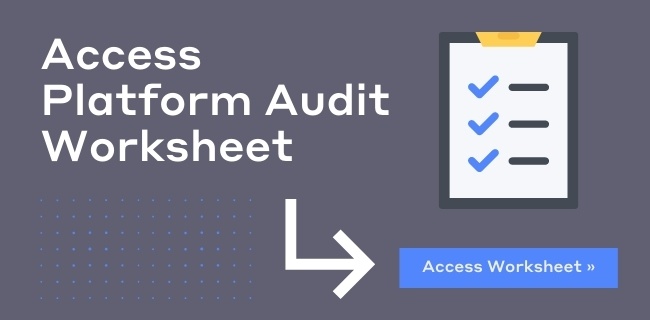What is a Tech Stack and How it Supports Your Customer Journey?
by DJ Shirley | Updated Nov 6, 2021
The term tech stack is traditionally a phrase application developers use to reference the collection of resources that make a specific application function.
In recent years the term has expanded to cover a broader scope due to the growing number of software applications organizations now utilize. In the past, a tech stack for the sales department was a phonebook, roll of coins, and maybe a printed sales script. Now, according to a 2019 report conducted by Blissfully, an organization of no more than 50 people can have around 40 different application subscriptions.
The sheer volume of web based applications an organization has to manage can quickly become daunting if managing your tech stack is not a normal process.
This resource will explore the following topics:
Important: The lens of this article is from a revenue operations point of view. Evaluating an organization's tech stack with a RevOps lens means looking at the technology that impacts any phase in the customer journey, both directly and indirectly.
What is a tech stack?
A tech stack (aka technology stack) is a collection of software applications used across the organization to fulfill the day-to-day operations within your marketing, sales, and customer service departments.
Why is your Tech Stack important?
The obvious reason for the importance of managing your tech stack is in the definition. Your tech stack supports your company's day to day operations. The less apparent is the impact on your ability to generate accurate business intelligence within the organization, minimize overlapping expenses, and improve team productivity and morale. In short, 3 areas your organization should not neglect.
Benefits of an optimized Tech Stack:
- Accurate & consistent data
- Minimal inefficiencies or Tech Debt
- Effective use of resources
- Minimal overlap in tool function
To achieve the benefits listed above, you need to consider several factors when you evaluate your tech stack.
Function:
When talking about function, it boils down to what is the problem the application is solving? From there, you must determine if the software is delivering? You may need to evaluate a secondary component when reviewing if the software addresses multiple functions. You may be able to phase out one or more existing applications in your tech stack if there is adequate overlap.
Scalability:
You can determine an application's scalability by reviewing the software's ability to add new team members, as well as its ability to connect and integrate with other key applications in your tech stack.
It is essential to confirm your applications can talk to each other, and they speak the same language? If not, you need to use a 3rd party integration tool like Zapier to exchange and translate your data? These integrations are also known as middleware.
Quick Example:
Within an organization the Marketing team uses HubSpot, and the Sales team uses Salesforce. However, HubSpot and Salesforce have different methods for classifying a contact and lead. If the proper steps are not in place to accommodate the variations between the two technologies the data exchange between the two platforms may be inaccurate data or result in tech debt (i.e., a piece of data needs to be added to two platforms separately).
Ease of Use:
Does the application have a steep learning curve? Are your team members able to fully utilize the capabilities of the application within the desired timeline? Is the user experience of the application preventing your team from capitalizing on the tool's intended value?
The weight of each category is dependent on your organization's priorities. Two organizations in the same industry and market will have different software applications in their tech stack based on their internal priorities.
Optimize Your Tech Stack
The value of dedicating time to evaluating and optimizing your tech can pay dividends in both the short and long term for your organization.
We are currently developing our audit tool that we will make available on this blog post at a later date. A recommended alternative you can use today is a Google Spreadsheet created by HubSpot.
You can copy the Platform Audit Worksheet and use it to create an overview of your current tech stack. Once built, you will achieve a comprehensive understanding of your applications, identify overlapping technologies, and focus on data gaps within your customer journey.









